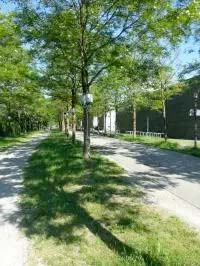By onthehouse on February 11, 2018
You may be looking out of your window at your yard and wondering, “where am I even going to start”. Bayeradvanced.com released an article that says, “trees are low-maintenance, not no-maintenance” and they are the right place to start. When it comes to spring care, tree maintenance should be high on your priority list. Here are six easy steps to taking care of your trees once spring arrives. Read More


 Study on the cooling effect of black locust and linden trees in from Technical Univ. of Munich
Study on the cooling effect of black locust and linden trees in from Technical Univ. of Munich


